Application of gait analysis in diabetic foot risk assessment
Diabetic foot is a serious complication of diabetes. About 1/3 of diabetic patients may develop foot ulcers. Early risk assessment is crucial to prevent amputation. Gait analysis provides quantitative assessment and intervention basis for diabetic foot risk by dynamically monitoring plantar pressure distribution and gait pattern. The specific applications are as follows:
1. Early risk identification and high-risk foot screening
Abnormal plantar pressure detection:
Diabetes patients lose protective sensation due to peripheral neuropathy, and repeated minor trauma to the foot is prone to cause ulcers. The gait analysis device detects plantar pressure distribution through foot pressure sensors, identifies abnormal high-pressure areas (such as heels or forefoot), and assists in screening high-risk groups for diabetic foot.
Neuropathy and biomechanics association:
Motor neuropathy can cause foot deformities (such as arched feet and hallux valgus). Gait analysis combines parameters such as arch height and pressure center trajectory to quantitatively assess foot biomechanical abnormalities and provide early warning of ulcer risks.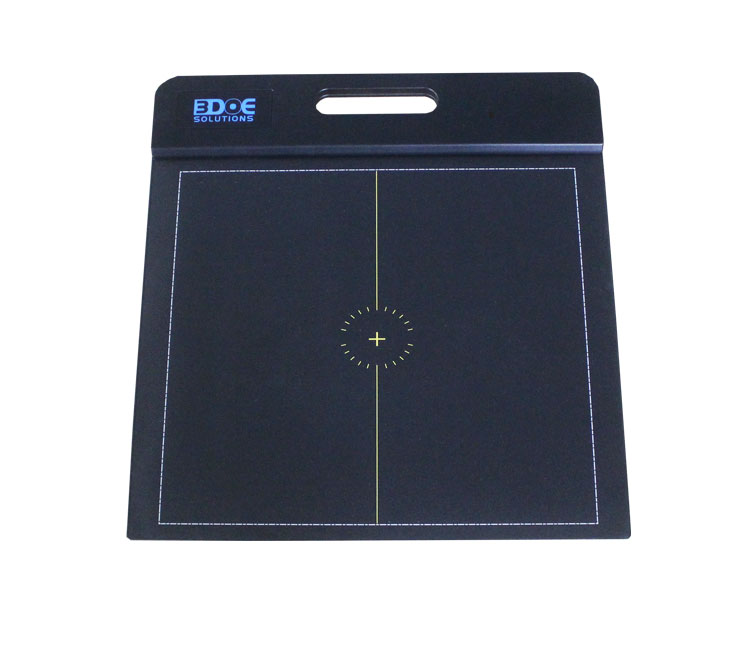
2. Dynamic gait monitoring and pressure distribution assessment
Pressure heat map and gait cycle analysis:
The system captures the changes in plantar pressure during walking or standing at a millisecond frequency, generates a color heat map, and intuitively displays the high-pressure area (red/yellow) and low-pressure area (blue/green) to evaluate whether the pressure distribution is balanced.
Key parameter extraction:
Pressure peak: The maximum instantaneous pressure value of the plantar. Excessive pressure can easily cause skin damage.
Gait symmetry: The difference in pressure between the left and right feet reflects motor compensation or lameness risk.
Plantar contact time: Prolonged heel or forefoot contact time may increase the probability of local ulcers.
3. Personalized intervention and prevention strategy formulation
Customized orthotic devices:
Design 3D printed insoles based on foot pressure data to disperse local high pressure, improve plantar force balance, and reduce the risk of skin damage.
Footwear fitting guidance:
Recommend shoe types (such as wide toe caps and cushioning soles) through pressure distribution analysis to reduce friction and pressure.
4. Disease progression monitoring and rehabilitation effect evaluation
Dynamic tracking:
Regular gait analysis can monitor the dynamic changes in pressure distribution of diabetic foot patients and evaluate the progression of neuropathy or vascular lesions.
Rehabilitation program optimization:
For patients who have already developed ulcers, adjust the rehabilitation training plan through indicators such as gait symmetry and pressure center trajectory to promote functional recovery.
Technical advantages and clinical application value
High sensitivity: The sensor array can detect thousands of pressure points with an error of less than 1 mm and accurately identify minor abnormalities.
Multi-scenario applicability: Compatible with medical institutions, rehabilitation centers and other scenarios, supporting static and dynamic dual-mode evaluation.
Data-driven decision-making: Combined with AI algorithms to predict risk trends, promote the transformation of diabetic foot management from empirical judgment to precise intervention.
By integrating gait analysis and plantar pressure monitoring, diabetic foot risk assessment is upgraded from passive screening to active prevention, significantly reducing amputation rates and improving patients' quality of life.

 +86-0755-86131192
+86-0755-86131192 2025-03-28
2025-03-28 Back to list
Back to list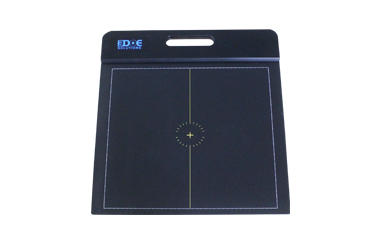
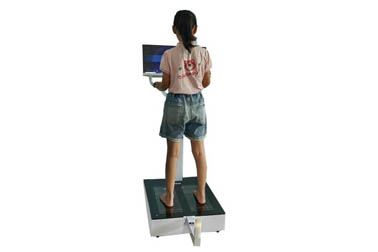
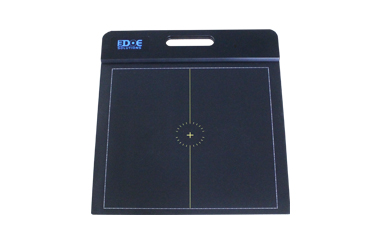
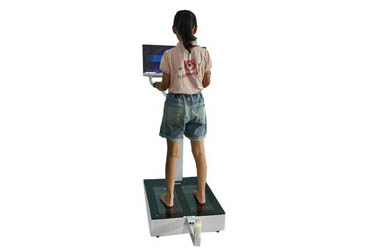
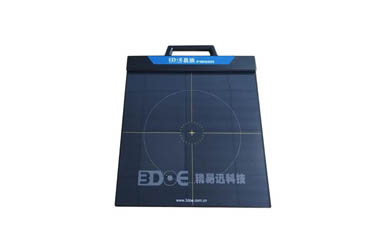
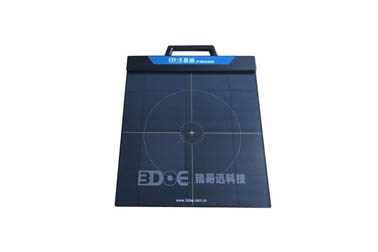



 +86-0755-86131192
+86-0755-86131192